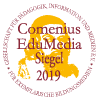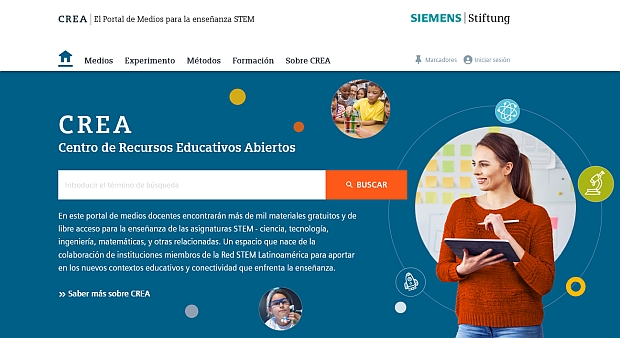Functional design of a wind turbine
Bild
Graphic:
The complete structure of a wind turbine including its base and tower is illustrated schematically.
Medientyp:
Bild (73,7 kByte)
Letzte Aktualisierung:
17.03.2020
Lizenz:

Dieses Medium steht unter einer CC BY-SA 3.0 Lizenz.
Was bedeutet das?
So verweisen Sie auf das Medium

Dieses Medium steht unter einer CC BY-SA 3.0 Lizenz.
Was bedeutet das?
So verweisen Sie auf das Medium
Beschreibung:
The foundation serves to anchor the wind power plant in the ground. To guarantee the stability of the wind turbine, a pile or flat foundation is constructed depending on the firmness of the ground.
The tower is the largest and heaviest component of a wind turbine. It is usually between 1 and 1.8 times longer than the rotor diameter and can weigh several hundred tonnes. The tower structure itself not only supports the mass of the nacelle and rotor blades, but must also absorb the enormous static loads caused by the varying wind forces. Tubular constructions assembled from stackable concrete or steel segments are generally used. The tower height or hub height is between approximately 120 m and 130 m for an output of approximately 3 MW to 6 MW and with a rotor diameter of approximately 110 m to 130 m.
The rotor is the component that converts the energy contained in the wind to mechanical rotary motion using the rotor blades.
The nacelle with the machinery train (drive train) contains the entire generating unit. (The functions are described in detail in the “Wind turbine – inside view” medium!)
Information and ideas:
Physics class could be used to explain why wind currents passing through the rotor blades cause them to move (flow principle of Venturi and Bernoulli).
The tower is the largest and heaviest component of a wind turbine. It is usually between 1 and 1.8 times longer than the rotor diameter and can weigh several hundred tonnes. The tower structure itself not only supports the mass of the nacelle and rotor blades, but must also absorb the enormous static loads caused by the varying wind forces. Tubular constructions assembled from stackable concrete or steel segments are generally used. The tower height or hub height is between approximately 120 m and 130 m for an output of approximately 3 MW to 6 MW and with a rotor diameter of approximately 110 m to 130 m.
The rotor is the component that converts the energy contained in the wind to mechanical rotary motion using the rotor blades.
The nacelle with the machinery train (drive train) contains the entire generating unit. (The functions are described in detail in the “Wind turbine – inside view” medium!)
Information and ideas:
Physics class could be used to explain why wind currents passing through the rotor blades cause them to move (flow principle of Venturi and Bernoulli).

Dazugehörige Medien:
Structure of a wind power plant (Interaktiv)
Wind power plant (general view) (Interaktiv)
Wind power plant (interior view) (Interaktiv)
Wind power plant (general view) (Interaktiv)
Wind power plant (interior view) (Interaktiv)
Lernobjekttyp:
Illustration
Fächer:
Physics; Technology
Klassenstufen:
Grade 5 to 6; Grade 7 to 9; Grade 10 to 13
Schultypen:
Middle/high school; Vocational training
Stichworte:
Energy; Power generation; Renewable energy; Wind power plant; Electric power generation; Energy source; Wind turbine
Bibliographie:
Siemens Stiftung Media Portal
Urheber/Produzent:
Von Arne Nordmann (norro) - Own illustration. Using Image:Schema eolienne.svg, Image:Windrad-Nahaufnahme.jpg, Image:WindPropBlade.jpg and [1] and containing High_voltage_warning.svg., CC BY-SA 3.0, https://commons.wikimedia.org/w/index.php?curid=1708454, edited by Siemens Stiftung
Rechteinhaber:
© Von Arne Nordmann (norro) - Own illustration. Using Image:Schema eolienne.svg, Image:Windrad-Nahaufnahme.jpg, Image:WindPropBlade.jpg and [1] and containing High_voltage_warning.svg., CC BY-SA 3.0, https://commons.wikimedia.org/w/index.php?curid=1708454, edited by Siemens Stiftung


